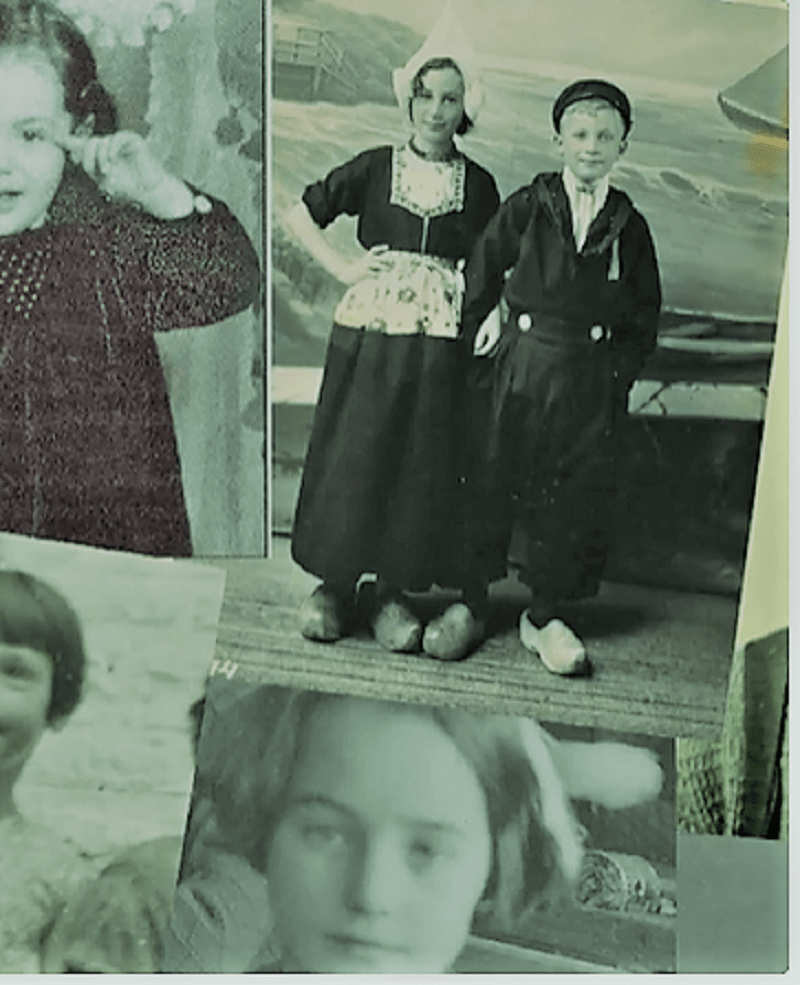
Most people will have heard about the Kindertansport-Children-Transport—a unique humanitarian rescue programme, which ran between November 1938 and September 1939. Approximately 10,000 children, the majority of whom were Jewish, were sent from their homes and families in Germany, Austria and Czechoslovakia to Great Britain.
But there were two other Kindertransports. In Konzentrationslager Herzogenbusch, better known as camp Vught, in the Netherlands, nearly 1,300 children were deported, 6–7 June 1943, most of them accompanied by their mothers, sometimes with fathers or sometimesalone. A few days later, almost everyone in the Sobibor extermination camp was killed by gassing. It is an exceptional horror story from the Holocaust.
The children were between a few days old and up to age 16. Children up to three years old were accompanied by their mothers. Or on the transport of the 7th of June, children from 4 to 16 years were accompanied by their father or mother. At least 1,269 were then transferred to Sobibor, where they were murdered almost immediately in the gas chambers.
The Jewish children had a hard time in camp Vught. The German SS leadership had decided in February 1943 that all children between the ages of 4 and 16 had to be separated from their parents. Boys and girls were housed in separate barracks, but there were not enough people to care for and entertain all the children.
At the end of April 1943, the children’s area in camp Vught became overcrowded. The chaos that this caused was a thorn in the side of the German SS leadership of the camp. On 5 June 1943, it was announced that all children had to leave the camp. The next day they rounded up all the children up to 3 years old with their mothers and a day later, the children from 4 to 16 years old with one of both parents.

The 13-year-old Alida Lopes Dias from Amsterdam also had to go along with her mother and sister on the children’s transport. Her older sister Gretha stayed behind in Vught. She ran after Alie, as she called her sister. “The German shepherds bit my legs. I screamed. But I still managed to say hello to Alie. I buttoned up her red cloak. And then she and Mother went into a cattle truck with hundreds of other children. I never saw her again,” Gretha said after the war.
The husband of Annie Vrachtdooder, who was imprisoned in Vught, wrote to her husband from camp Vught:
“At least you have a sign that I’m still here. Now darling I’ll tell you what happened. All women with children have been forwarded, including the women whose men work on the Moerdijk. (…) Now that Maup is here j.l. Sunday and Monday two transports went, taking a total of 3,500 people. All the children are gone (…)”
For a short time there was a school in camp Vught where the children were taught by Rie Hakker, she wrote:
“(…) Despite all the trouble, especially with those transports, we still laugh a lot. Only not yesterday, when we saw the women leave alone with the children. He had scarlet fever, that 40°C fever, etc. terrible. How lucky we are to be alone.”
At the last minute, Rie also had to join the transport.
These two transports were the only two transports specifically for children.

sources
https://anderetijden.nl/aflevering/37/Alle-kinderen-op-transport

Leave a reply to dirkdeklein Cancel reply